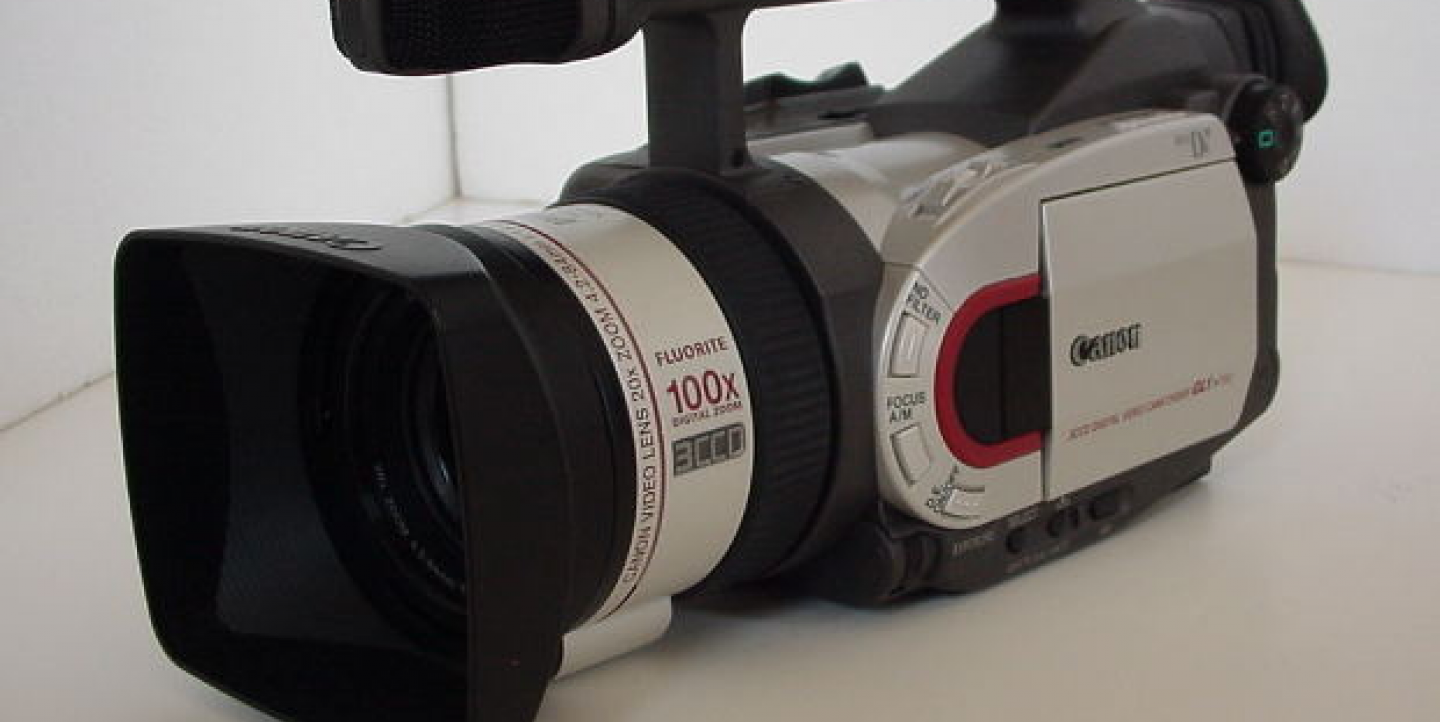Making a video report is a creative process from the beginning to the end. You need to go step by step, respond to actual situations and make adjustments to your original design. Yet it is important to start with a plan, to have a vision of the final story, and to schedule sequences.
Once you start shooting your video, here are a few specific tips for shooting a story about science:
-
Show processes. If you are reporting about, for example, research into a highly infectious disease and have access to a top-level facility – such as the Karolinska Institute in Stockholm, the Pasteur Institute in Paris or the Centers for Disease Control in Atlanta – you might shoot visuals of the scientists getting into their sterile clothing and going through air locks so that you can describe the elaborate and fascinating procedures they go through to protect themselves and the public.
-
Watch for good reaction shots, especially those involving people. For example, if the story is about a new medical treatment, make sure to show people interacting with it, not just pictures of the machines involved.
-
Frequently, you will encounter dull labs equipped with computers and expensive high-tech machinery that is hidden from view. Sometimes, it works if you use careful lighting, i.e. darken most of the room and shed light only on the part you are interested in. Light and darkness create a nice, somewhat mysterious atmosphere.
-
Never forget that you are not shooting current affairs but scientific work. You cannot be flying around and shooting in real time. Instead, you need to shoot phase by phase. Find out what kind of “action" you can film in the lab – the more action you shoot, the better. There is nothing worse than running out of visuals. The shots need to be not only illustrative but also look good.
-
Sometimes the samples your researchers use - like bacteria or viruses - can suffer from contamination during shooting. That's why you have to ask the researchers in advance to prepare samples that are contamination-resistant so that you can handle them with no fear of causing harm to the samples, or (in the case of bacterial cultures) infecting yourself.
-
In some countries, the public is very sensitive to the idea of experimenting on animals. Always consider the situation in your country. Keep in mind how the public may react against the researchers and make sure they are aware of this in advance in order to be ethical and fair to your professional contacts.
- Ask the scientist or doctor you are working with if they know a patient who might be willing to appear on TV. Keep in mind that the patient is investing a lot of trust in you, so you must treat them with respect. When doing interviews, let the patient explain his life and his personal suffering, not the doctor. In general, the doctor should explain a disease or judge a treatment.
You can read more about how to shoot science videos at the online science journalism course of the World Federation of Science Journalists. All 10 lessons are available for free in English, Arabic, French, Spanish, Portuguese, Chinese and Turkish here.

